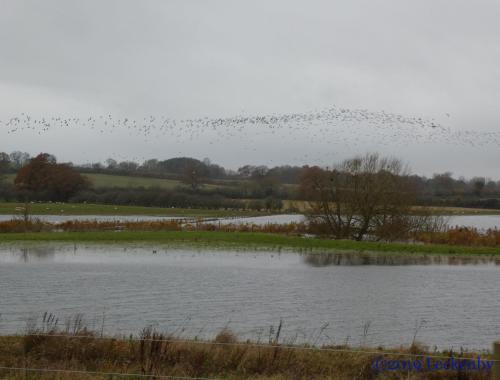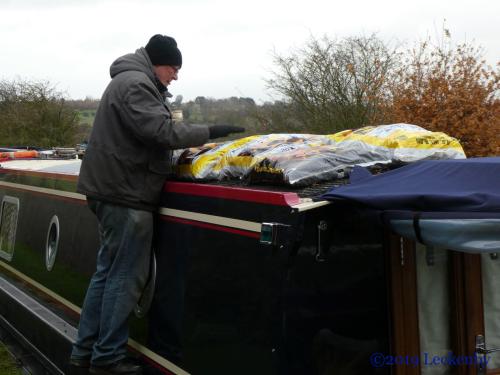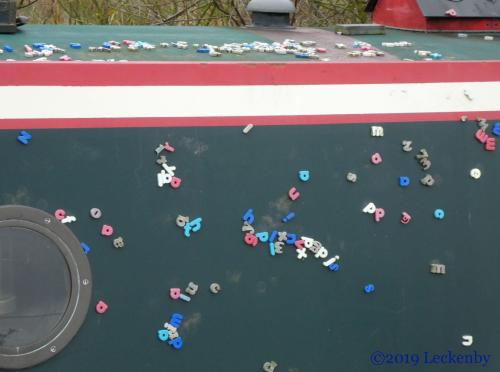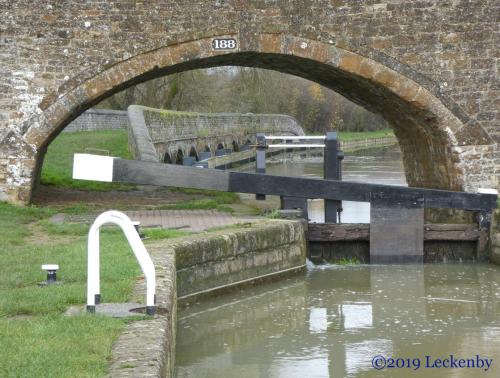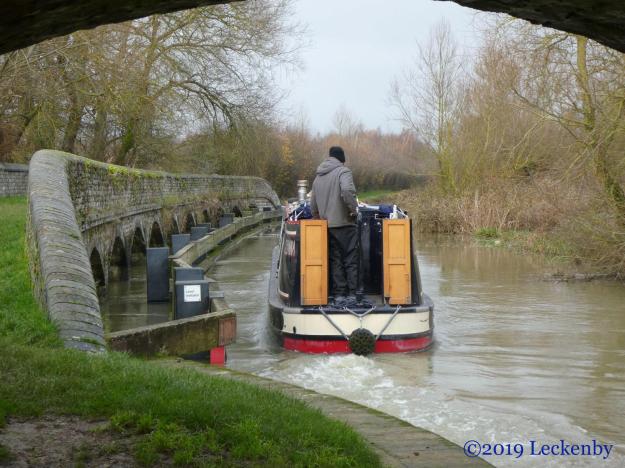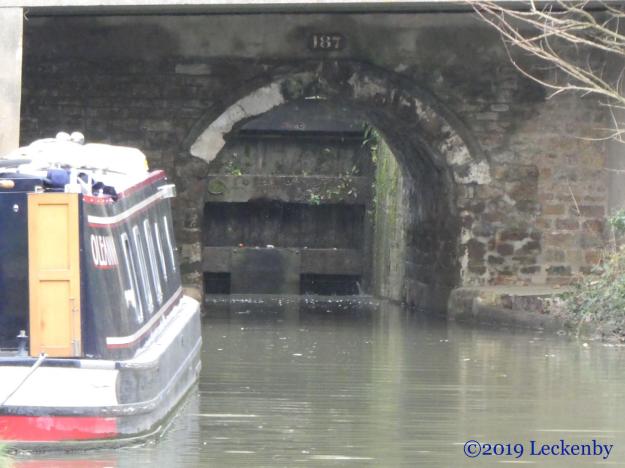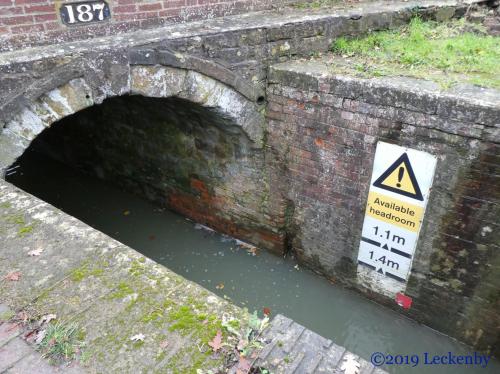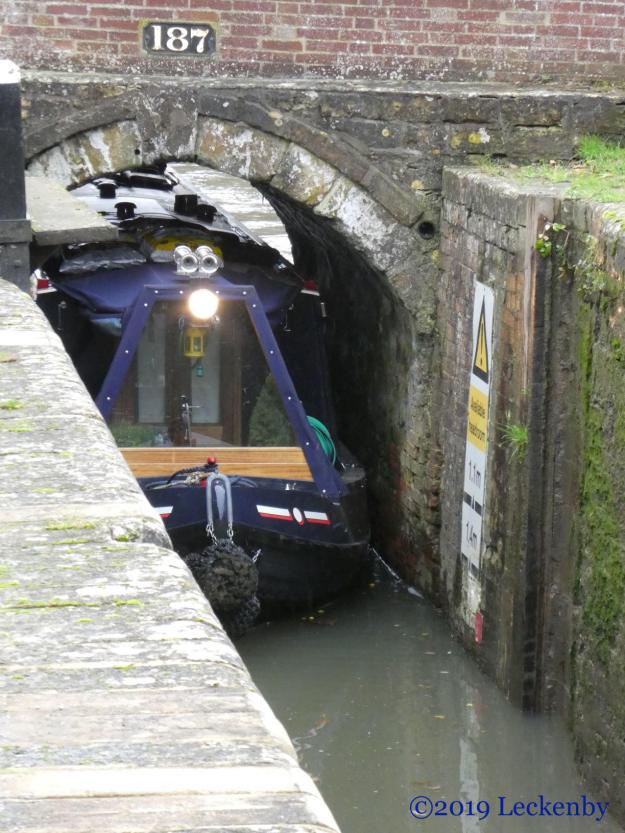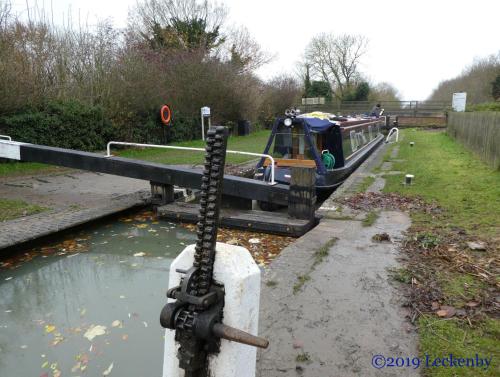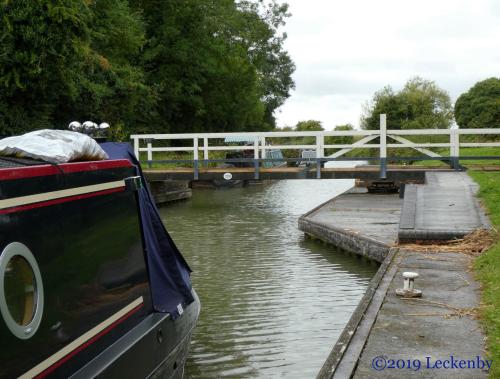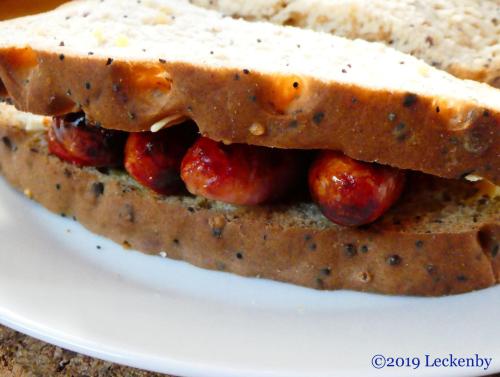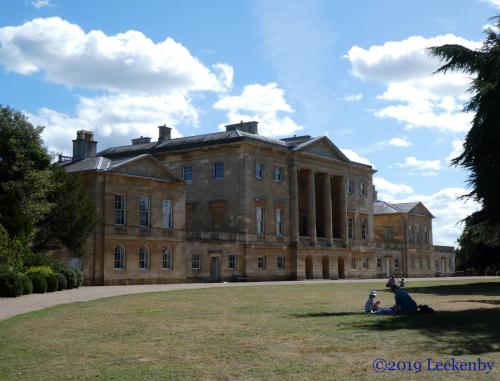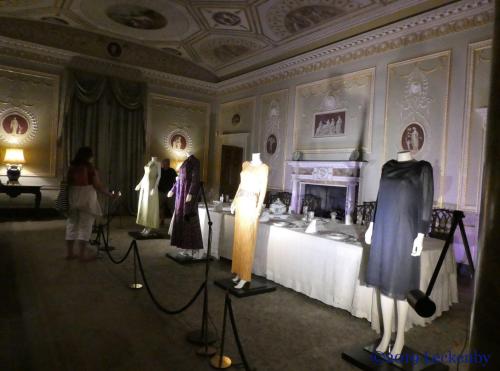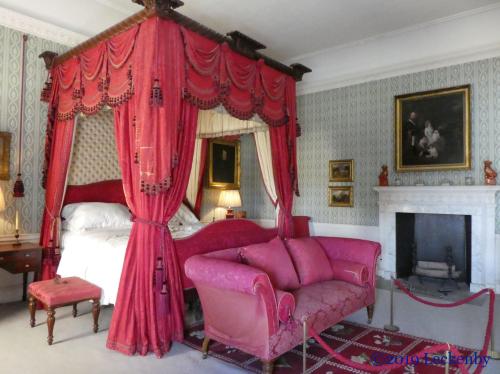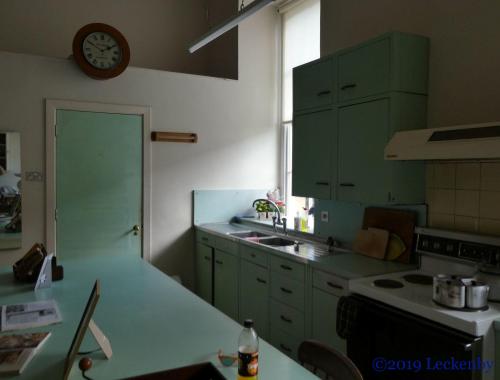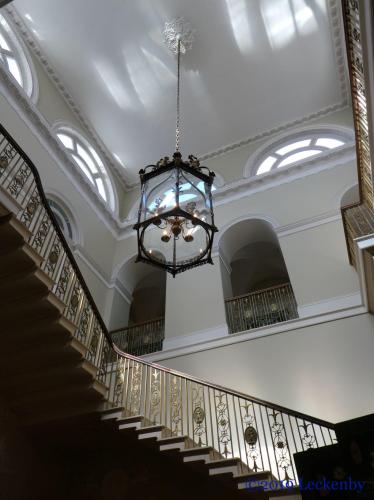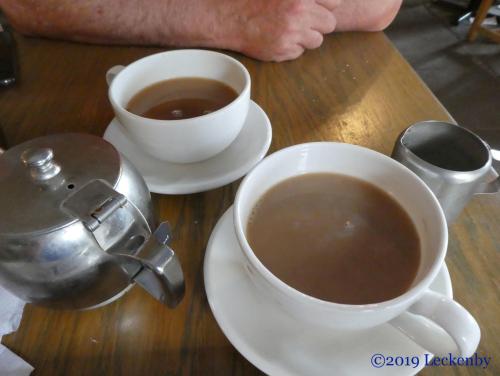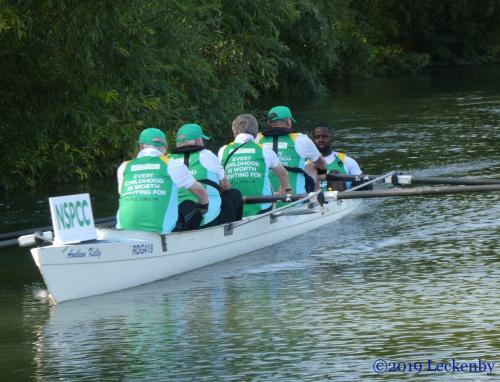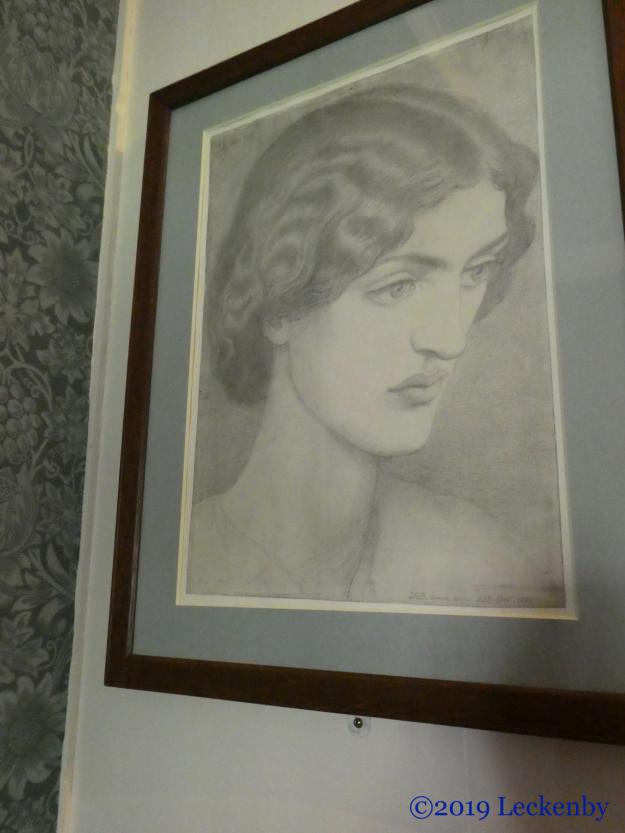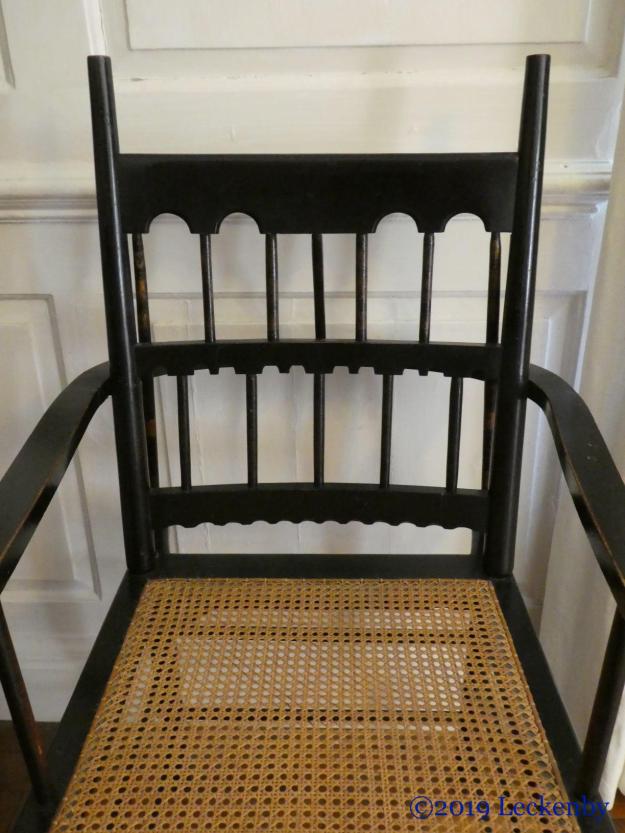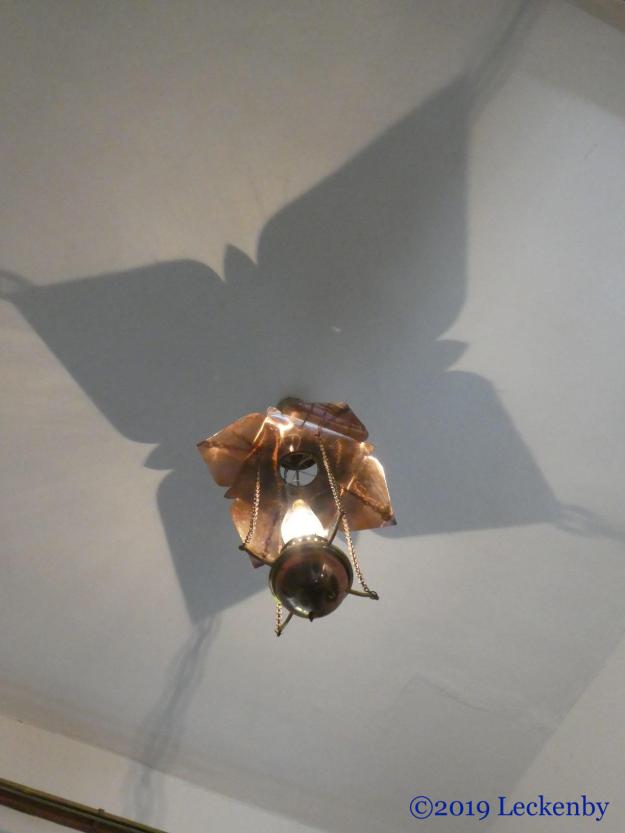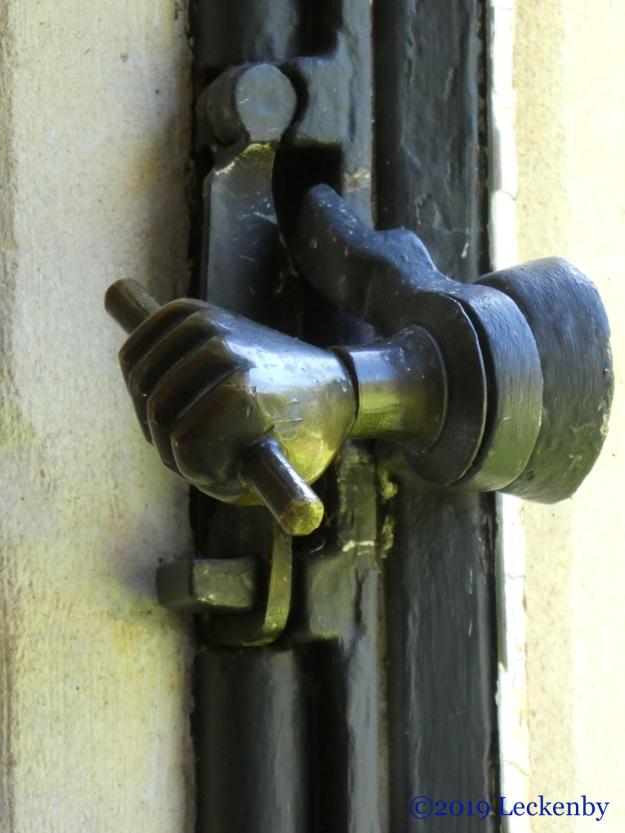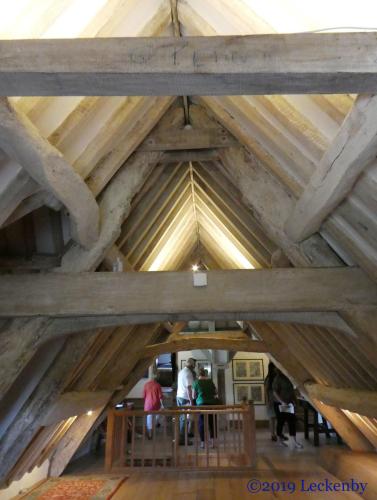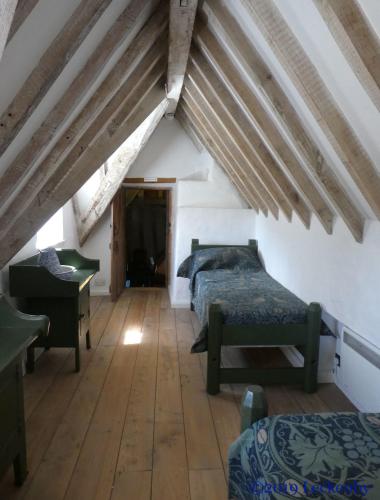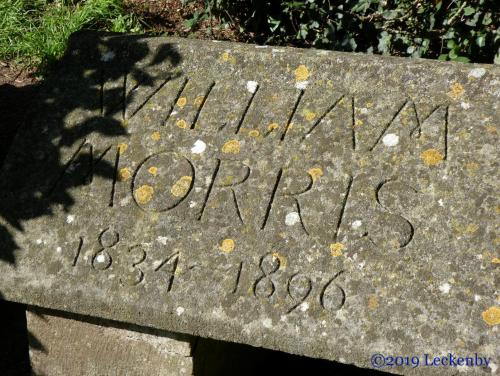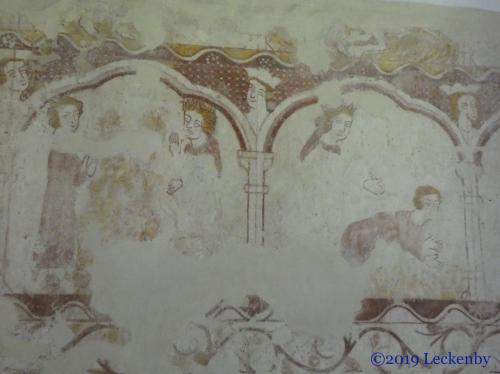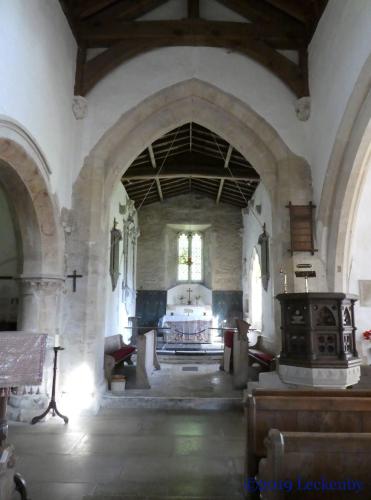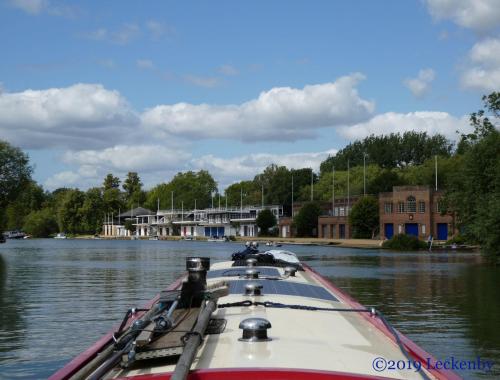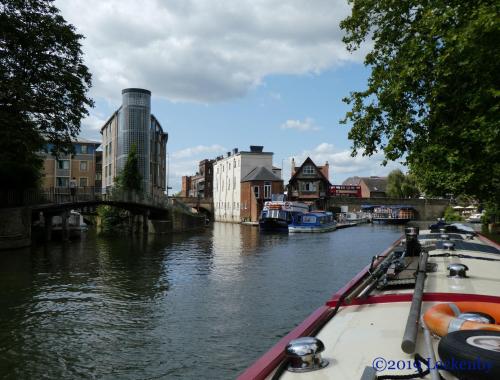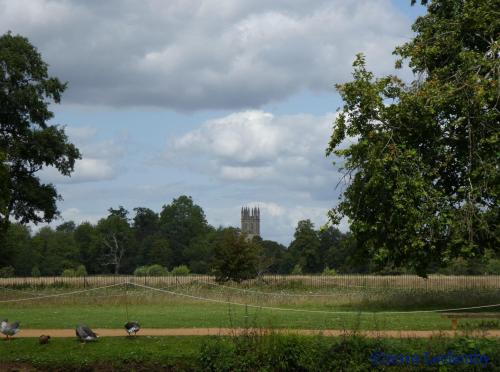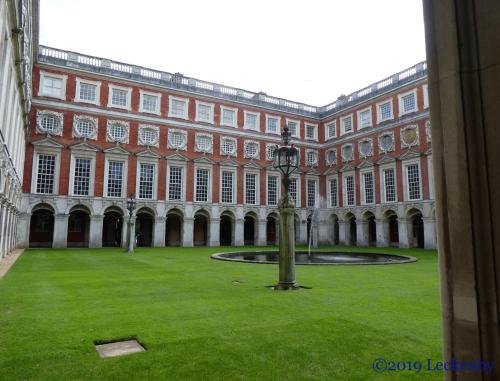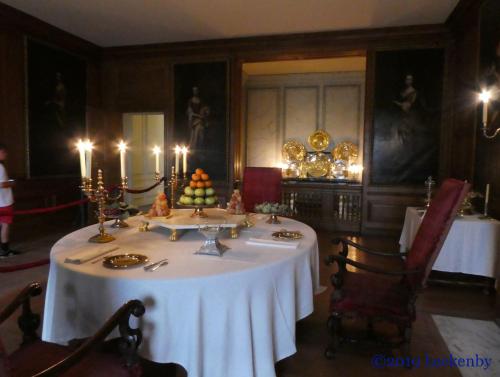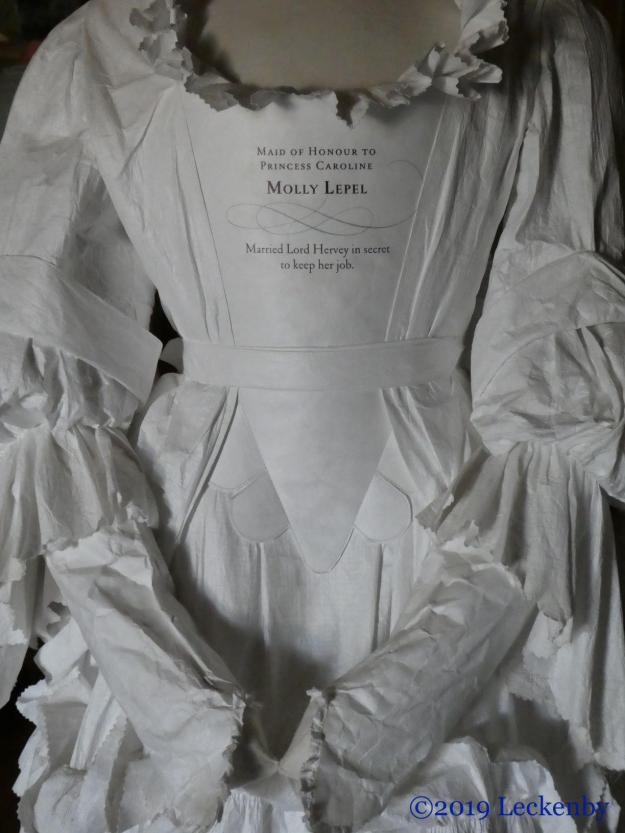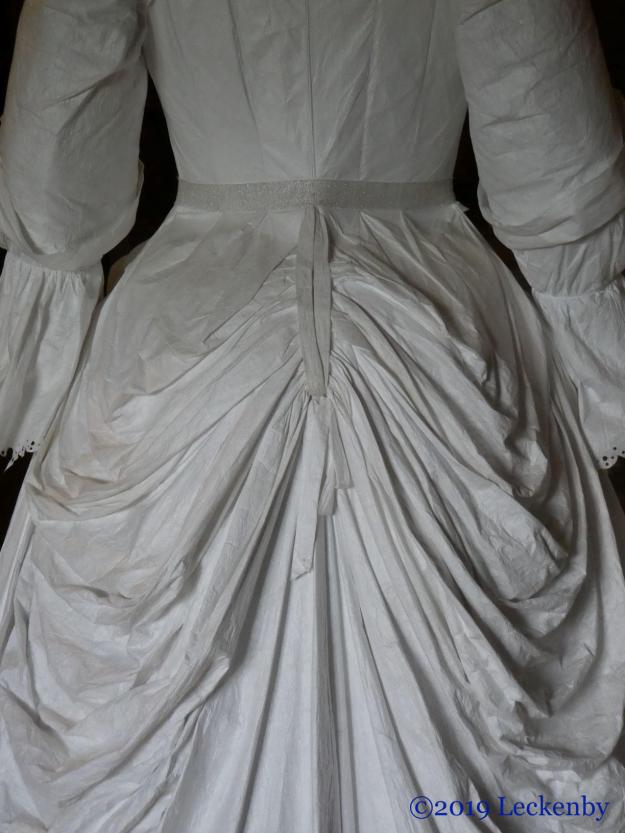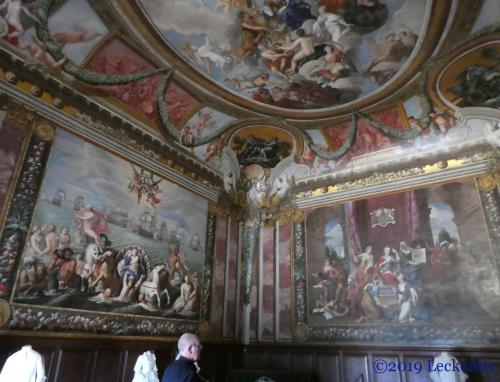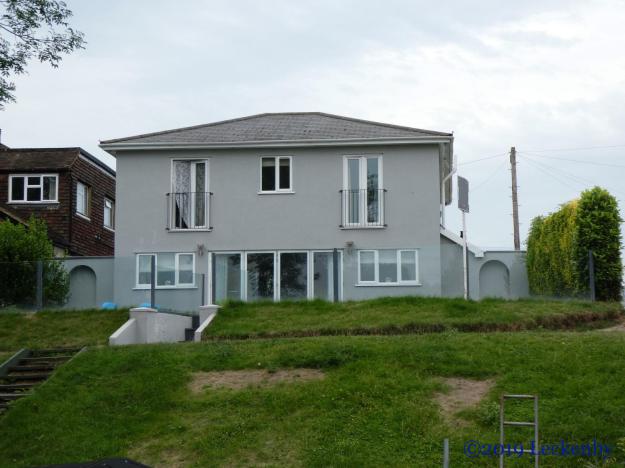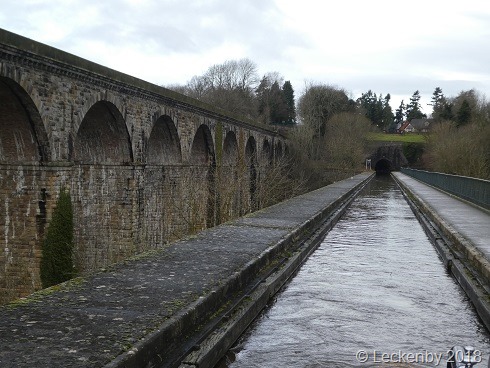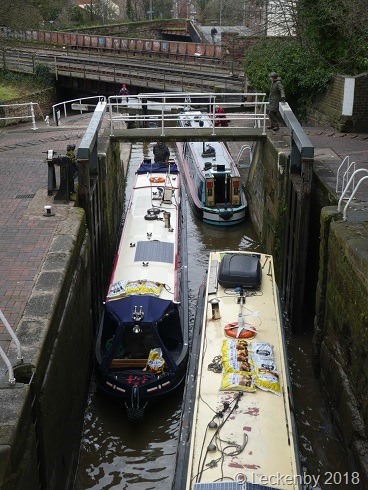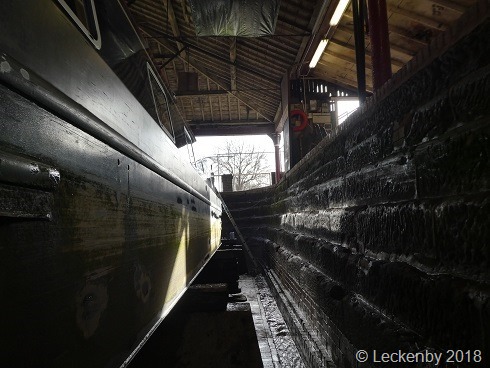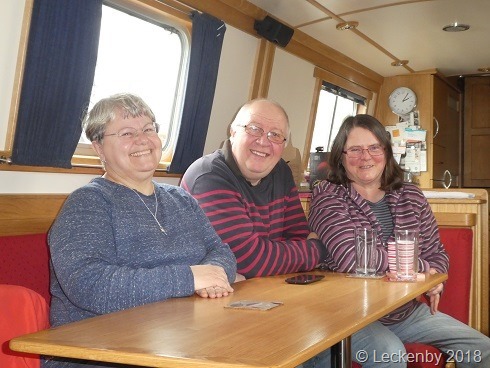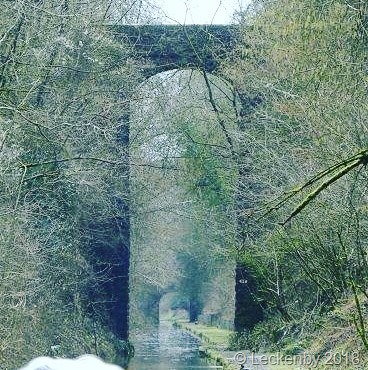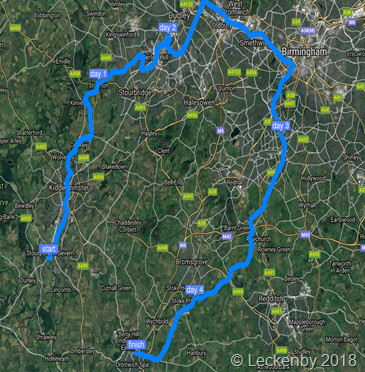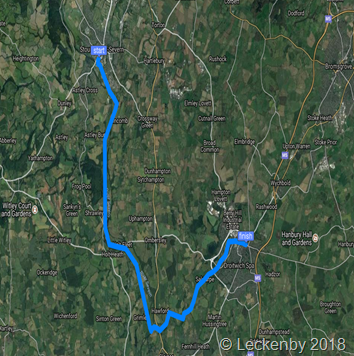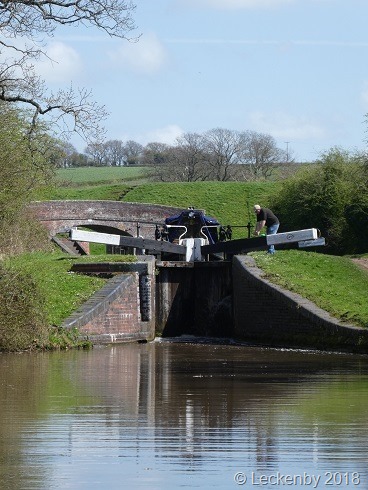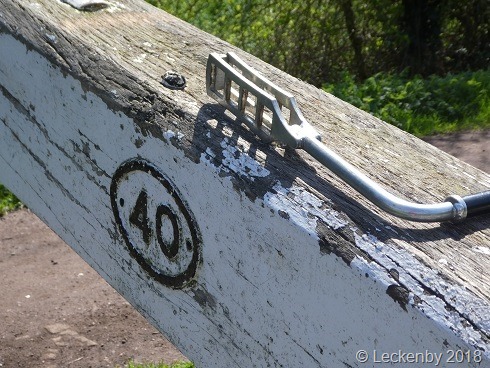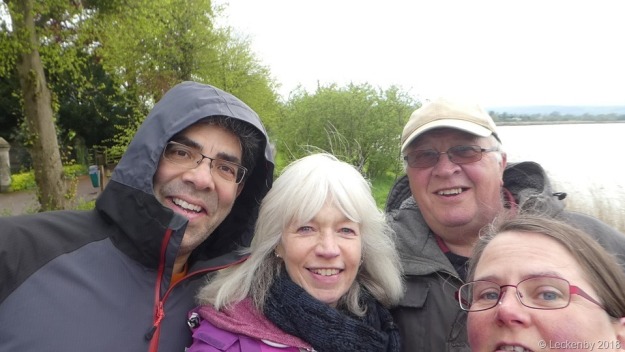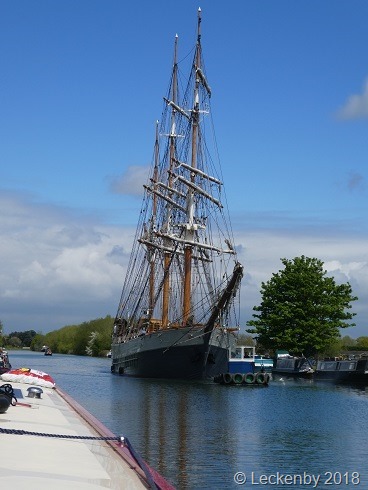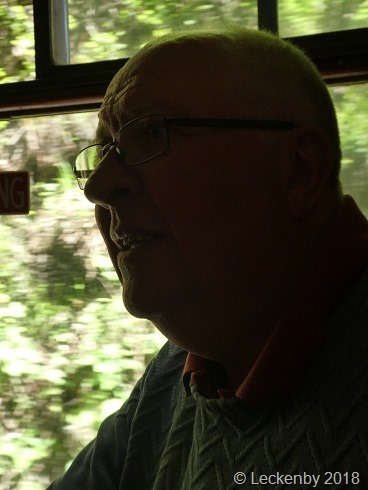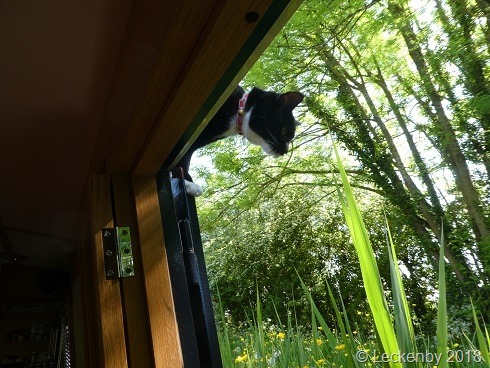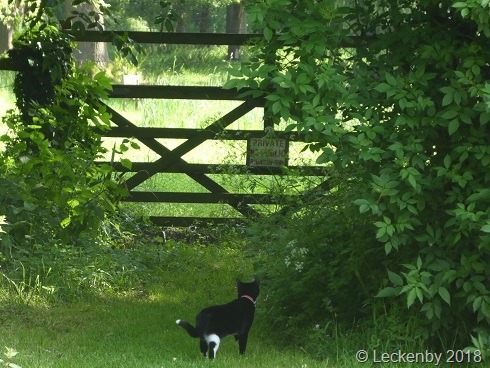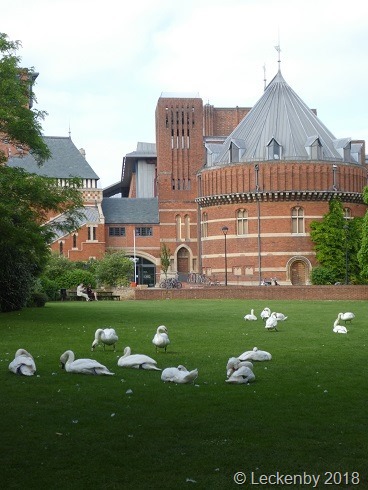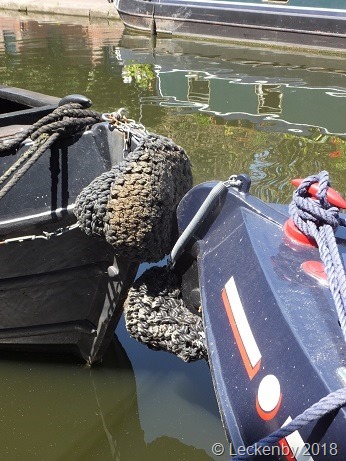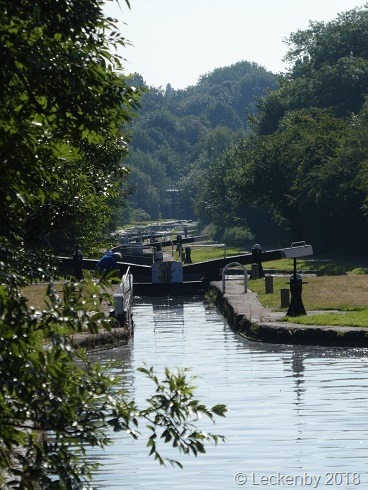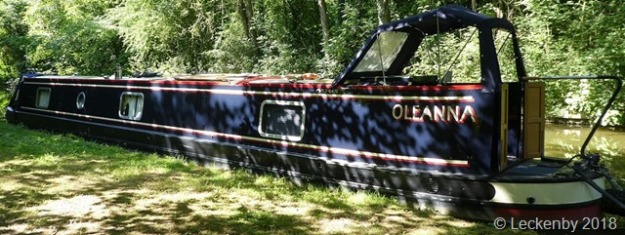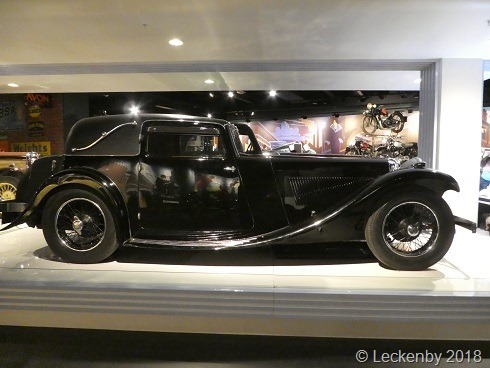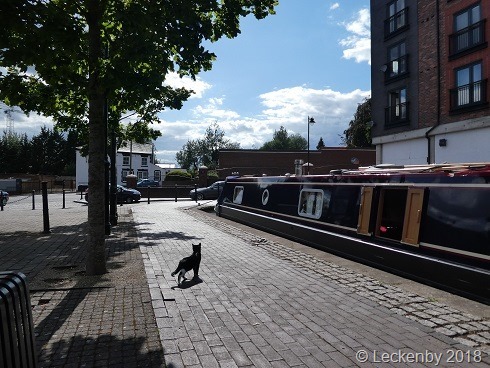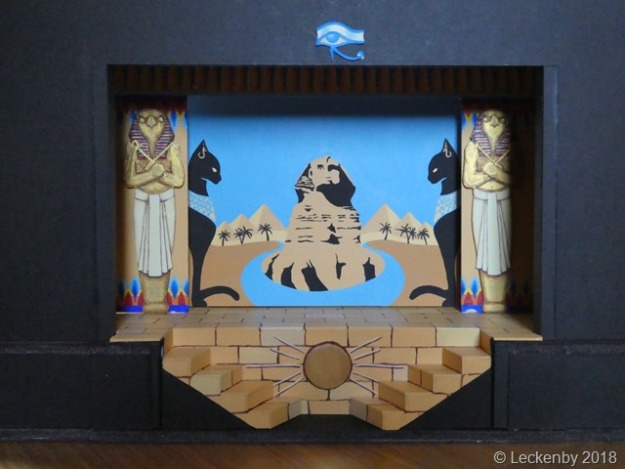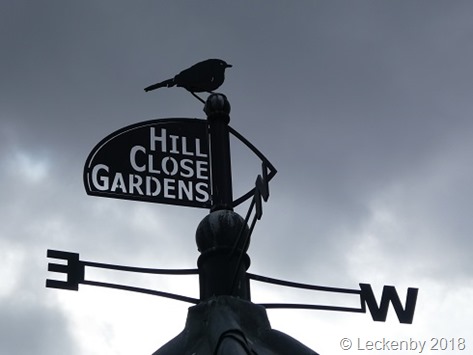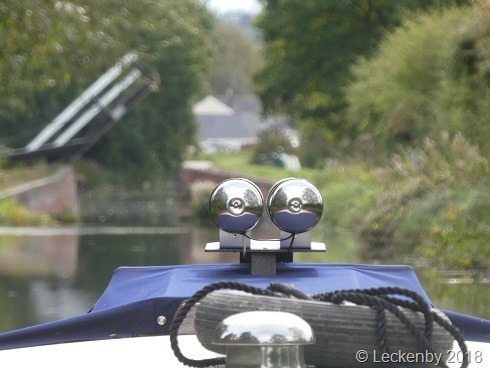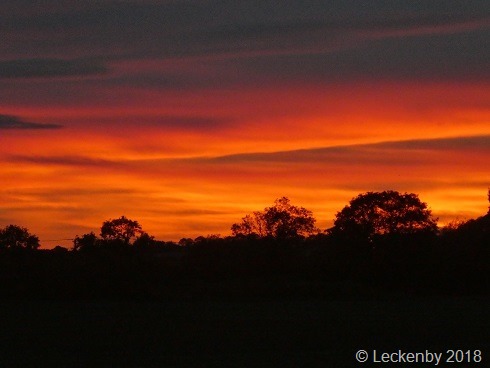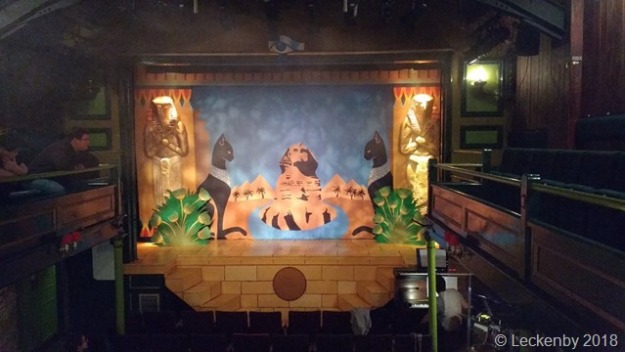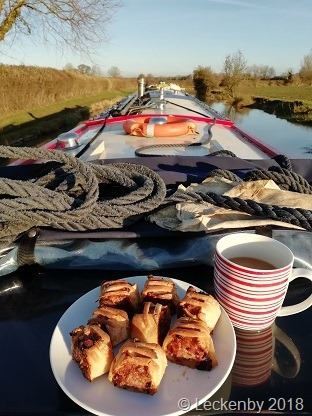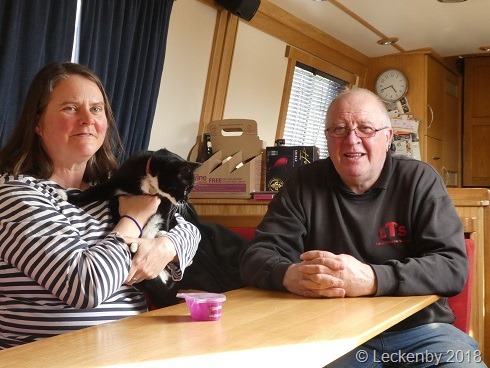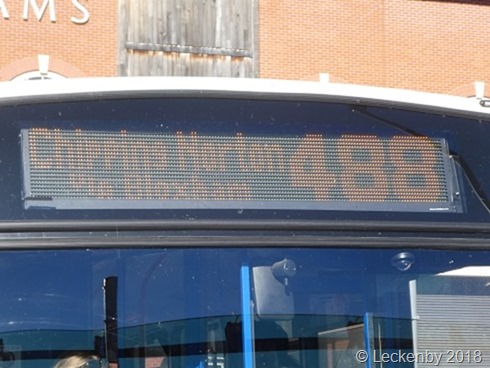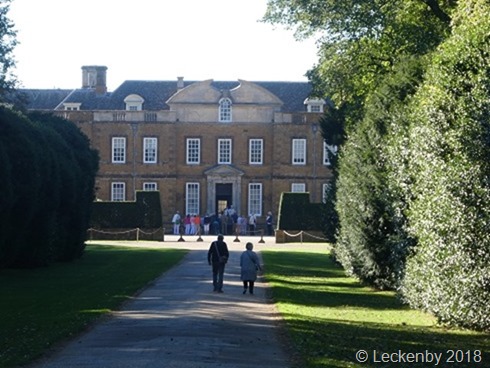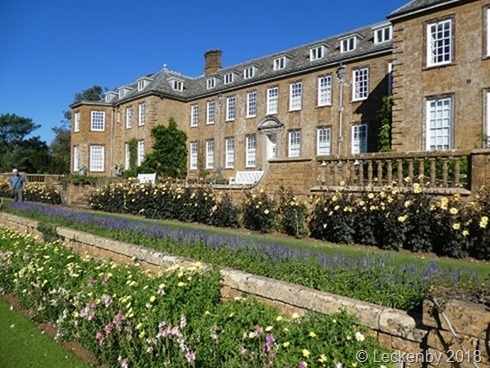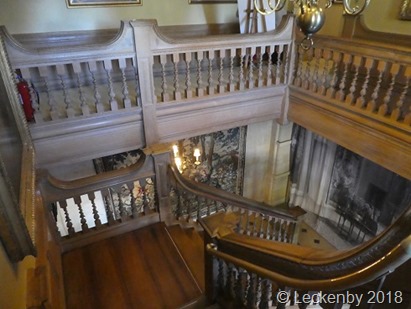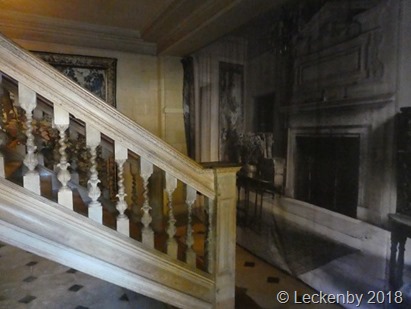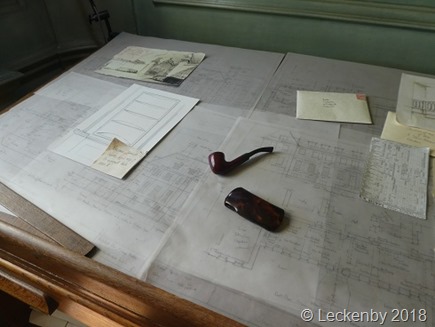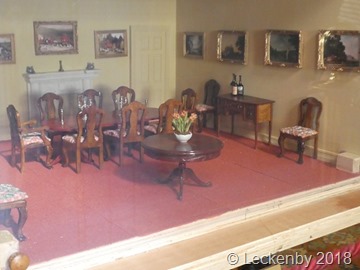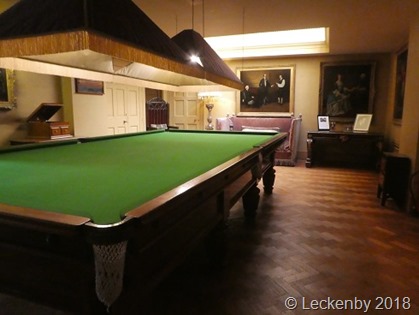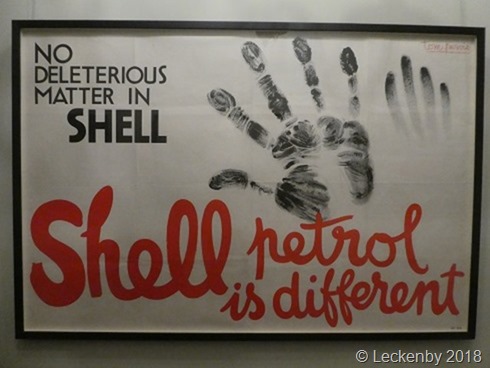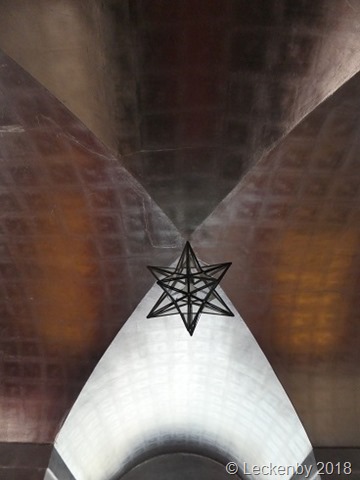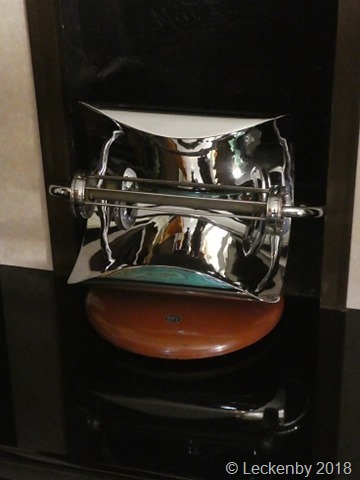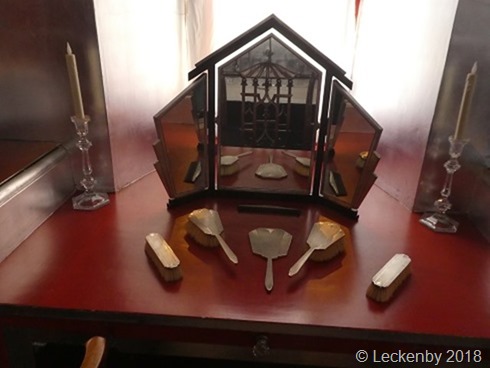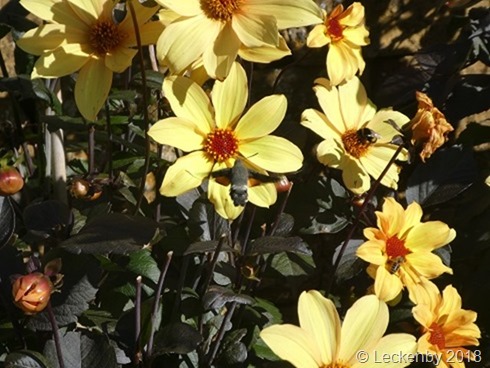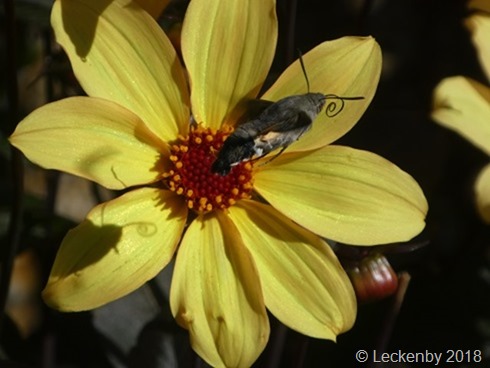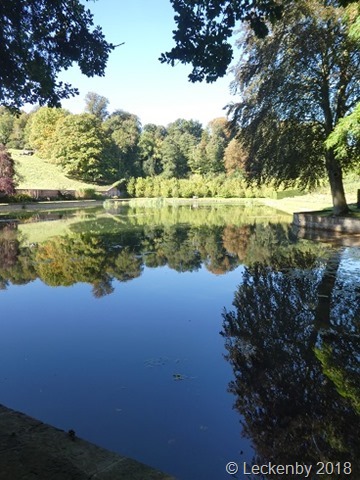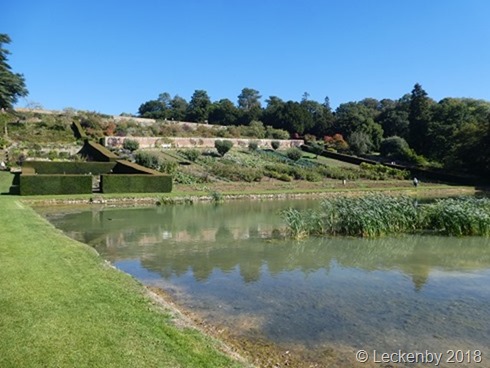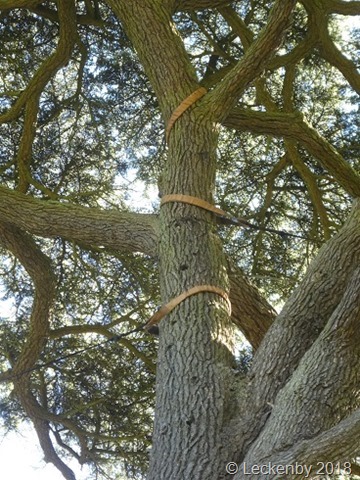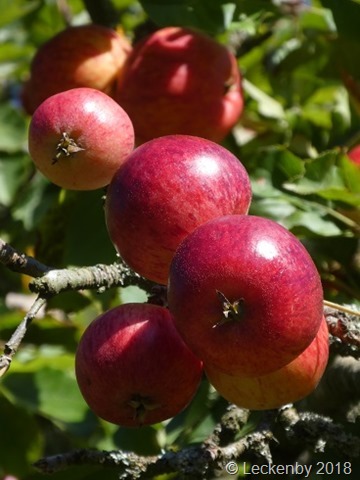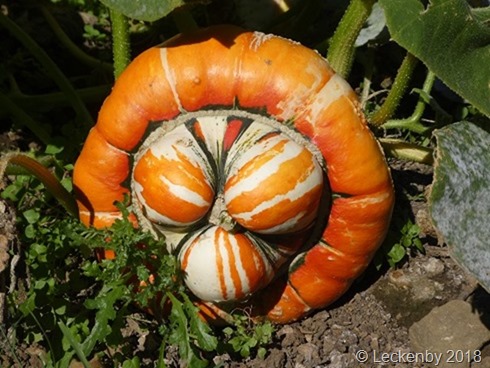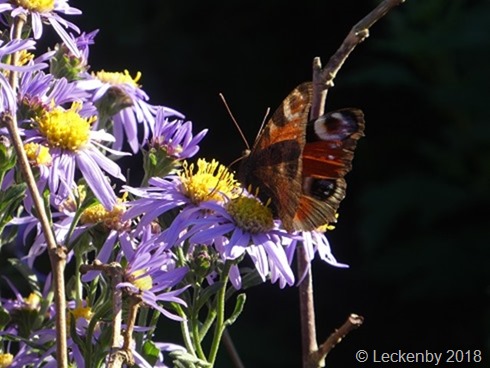Nantwich to Calverley Bridge 104
Late last night there was a lady on a facebook group having difficulty getting medication delivered to her boat somewhere in Nantwich. The pharmacy couldn’t deliver and local taxis wouldn’t due to insurance. We could easily help, so I left her a comment and message. This morning my phone was turned on early, but there was no reply. Still no reply as we had our cuppa in bed. Mick headed off on a bike into town for our Saturday newspaper and hopefully the few bits we’d not managed to get yesterday. There was still no reply by the time he’d finished. Hopefully she succeeded by other means.

Mick had wizzed round the shops this morning and returned with a box of white and a box of red amongst other things, but still no rice to be had. We finished breakfast made cuppas and settled down at 10am infront of the laptop.
Duncan, Mick’s nephew had set up a video call for the family this morning. Gradually at 10am people joined the meeting, only one absentee today. Wiltshire, Lewisham, Sheffield, Eastbourne, Nantwich, Littleborough, Helensburgh and Dhaka, Bangladesh were all connected. Sadly Richard in Dhaka didn’t have enough bandwidth to have a picture, but he did manage to hear every seventh word people were saying and at one point we could hear the local call to prayer.

It was lovely to see everyone and hear what people were up to in the confines of their homes, a good catch up and I suspect the first of many.
Padded trousers were needed for cruising, the air not quite warm enough without the sun today. We pushed off just before 11 passing two boats at the water point, our washing machine whizzing round, we’ll fill up tomorrow at Calveley.
Two years ago we got to know this stretch quite well. We knew where the Kingfishers used to hang out, but sadly they didn’t show us their wings today. We kept our eyes open for landmarks. The green double decker bus. The long line of high rise cars on the hill shortly before Hurleston Junction. But hang on! Where was the killer bunny? Psycho Peter Rabbit couldn’t be seen.

Just on the other side of the A51 is Snugburys a very good chilled medication establishment. In one of the farms fields they have straw sculptures the last one we’d seen was Peter Rabbit who towered above everything. But he is long since gone, I believe a bee is now in his place, sadly not visible from the canal.

At Bridge 97 we arrived at Hurleston Junction the start of the Llangollen Canal. Barriers on the bridge stop you from walking up the flight at the moment as this is where the bottom lock has been rebuilt. We were a touch surprised to see that the lock was full of water, the bottom gates leaking and giving it away. The flight isn’t due to reopen for another week which is a shame as we’ll most probably be elsewhere by then.
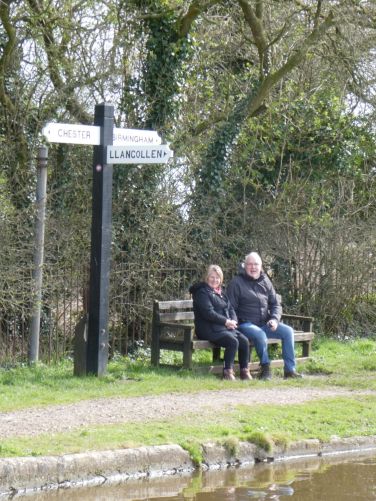
All of a sudden a chap shouted out to us, recognising our boat name. We slowed to say hello. He soon told us that he also has a Finesse boat, NB Sonoma. Due to the battery delays on Oleanna our boats were being finished at similar times in Sheffield three years ago. We ended up having quite a long chat, all at a very safe distance. It was very nice to meet you Gordon and Dawn. I hope you get to do some cruising this summer and maybe our paths will cross again in more settled times.


Onwards to Barbridge, the fairies still at the bottom of a garden and the new extension that was being built two years ago now completed. There were very few boats along the moorings here, the pub had lights on but was obviously empty. A new patch of gravel on the towpath by a sluice suggested where an emergency repair had happened a few weeks ago.
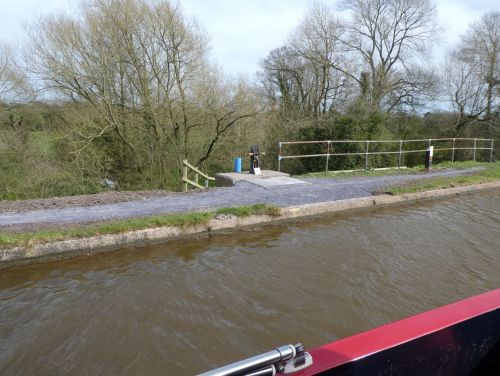
At the junction we were too busy looking at the new houses to beep our horn, so was a hire boat about to turn out from the Middlewich Branch. We spotted them first and Oleanna was brought to a halt, a near miss averted. There was then a bit of polite, you go first, no you go first. They went first and we held our position against the growing wind.

On we pootled, more building sites cordoned off on the off side. The hire boat pulled in to scramble up the bank to the garage. We pulled in onto the 48hr moorings just past bridge 104. There was space for two boats, so we pulled up to the boat in front should anyone else arrive. We were now in the right place to meet up with NB Halsall.

Quite a few dog walkers and fishermen came past all with a cheery wave and nod of hello. We may all be keeping our distance but we can still say hello. I had a catch up with my brother and Josh in London. Jac is due to fly back from Australia in a weeks time and they are trying to decide how she should be quarantined. Should the whole house , all three of them be quarantined? Or should Jac be kept in the garden/tree room for 14 days keeping the back yard as a buffer between them all? Here’s hoping she can get home.
Mid afternoon Oleanna did a little bob, was Bunbury staircase being filled? About half an hour later the familiar blue and white bow of NB Halsall came into view slowing ready to pull alongside.

Diesel tank topped up (83p), five bags of coal and as this morning we’d finished a gas bottle we replaced that too giving us three full bottles. So we just need to top up with water and we are good again. We arranged to pay by bank transfer as we still have their details from two years ago, this saves passing money around.

Lee was able to give us a bit of local knowledge regarding the Anderton Boat lift and the current situation on the Macclesfield Canal at Marple. Up there they are still waiting for results from a ground survey, but the thought is that unless something serious is found the navigation should be reopen in three to four weeks. We’ll put our thinking caps on and wait to see if it’s good news next week or not.
Tilly had to be reminded that Halsall wasn’t her boat as the bow came close enough to the towpath for a calculated leap. But it looked so interesting on there. Far more interesting than Olea-boring-anna!

We waved Lee and Roberta goodbye, although we’ll be passing them tomorrow as they will be waiting for a delivery that has been slightly delayed. Then they are likely to pass us on their route eastwards.
0 locks, 5.23 miles, 3 straights, 2 boxes wine, 4 asked for, 1 newspaper, 0.5 of a tree gone (so Frank says!), 1 shared ring, 34 litres, 1 gas bottle, 100kg excel, 1 near stowaway, 12 turkey meatballs, No 6.


